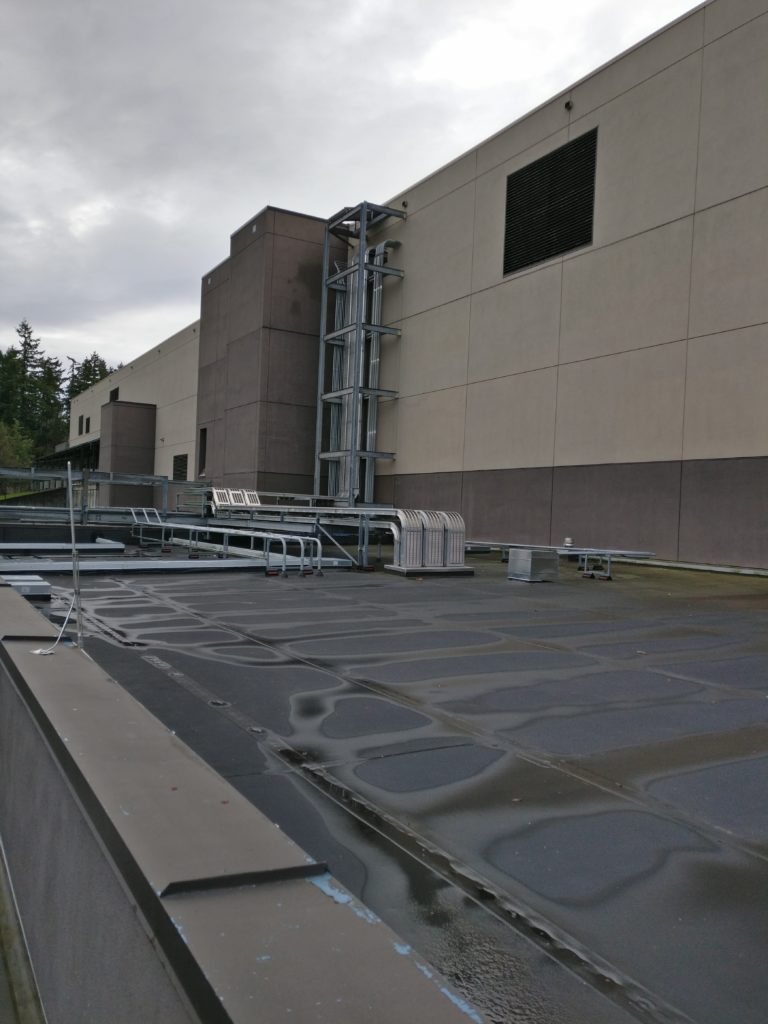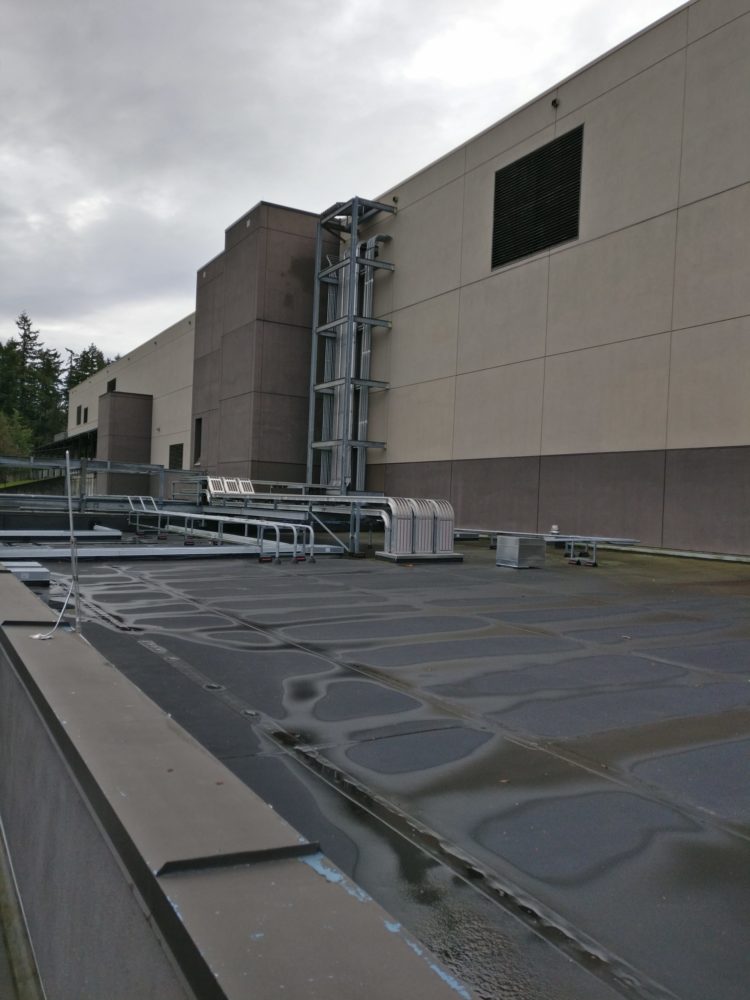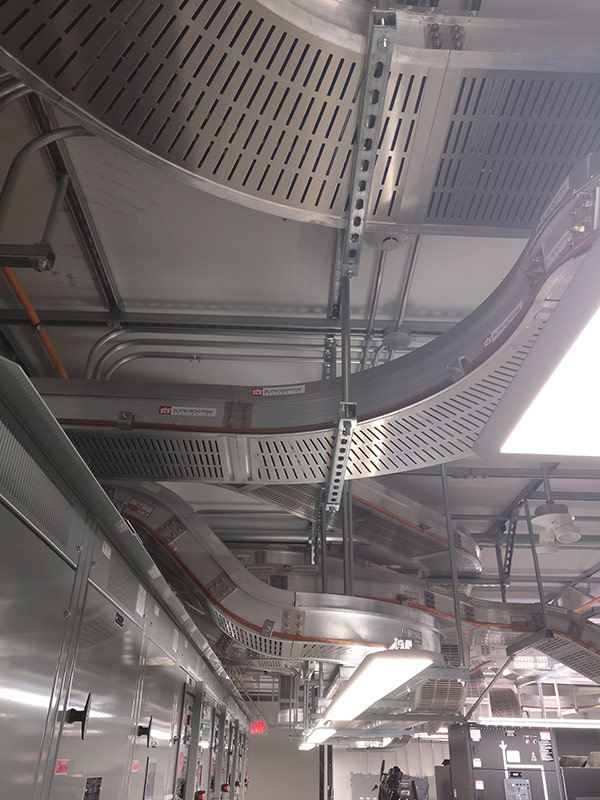The Working Principle of a Transformer
A transformer is a static machine that does not have any moving parts. It is made up of two windings and a metallic core on which the windings are wound. When an AC generator is connected to a closed-loop of cable, a current will flow through this cable in an alternate direction with the rotation of the generator. The alternation means that the current reaches its maximum and minimum point during the cycle, giving it a sine wave pattern.

The current emits a magnetic field as it flows through the cable. When an alternating current is passed through the cable, the magnetic field changes in polarity and may increase or decrease in strength as the current changes in direction. However, when a direct current is passed through the same cable, the magnetic field will remain constant.
In a transformer, multiple cables are placed together and wrapped in a primary coil to create a stronger magnetic field. The magnetic field created induces a current to the second coil. An electromotive force (EMF) occurs when the free electrons in the secondary coil are disturbed by the change in polarity and intensity causing them to move. Engineers place a core of ferromagnetic material in between since the magnetic field from the primary coil will be wasted if it is not in the range of the secondary coil. Laminated sheets of iron are used to form the core to reduce the Eddy currents and make the transformer more efficient.
The Primary Roles of a Transformer in a Power System
- To Increase the Voltage
Transformers located next to a power plant or an AC generator are known as step-up transformers. Their primary role is to increase the voltage from the primary coil to the secondary coil. This means that the secondary winding will have more turns than the primary coil, the current will decrease, but the power will remain constant. The process of stepping up the voltage level of a circuit allows the power to be transmitted over long distances since the square of the current is proportional to transmission losses. For instance, if the voltage increases by a factor of 10, the transmission losses are reduced by a factor of 100. This allows the electric supply companies to use thinner conductors when transmitting power over long distances.
- To Decrease the Voltage
Once the high voltage cables reach the substations located near cities, the power needs to be reduced to make it safe and usable by both commercial and residential buildings. The transformers installed on this end are known as step-down transformers whose primary role is to decrease the voltage for safer distribution. Unlike the step-up transformers, the primary winding of a step-down transformer will have more turns than the secondary coil. This helps to reduce the voltage and increase the current making it more efficient to the end-users. The power with high voltage and low current is stepped down to power with low voltage and high current.
- To Improve Safety
An isolation transformer is used to provide galvanic isolation since there is no conductive path between the power source and the load. It is used to transmit power between circuits that must not be connected. Other safety reasons for installing an isolation transformer include suppressing electrical noise in sensitive devices and protecting against electric shock. They are suitably designed to block any interferences caused by ground loops. Special insulation is placed between the primary and secondary windings to withstand high voltage. It allows the transmission of AC components in signals and blocks transmission signals of DC components from one circuit to the other.
A transformer is a vital part of the power system that allows safe transmission of electricity from the power plant to residential and commercial buildings. A transformer is tasked with converting alternating current energy from one voltage level to another and passed through a meter for billing purposes once it reaches the end-users. The power transmission is closely monitored by the distribution company and made available to consumers on demand.




